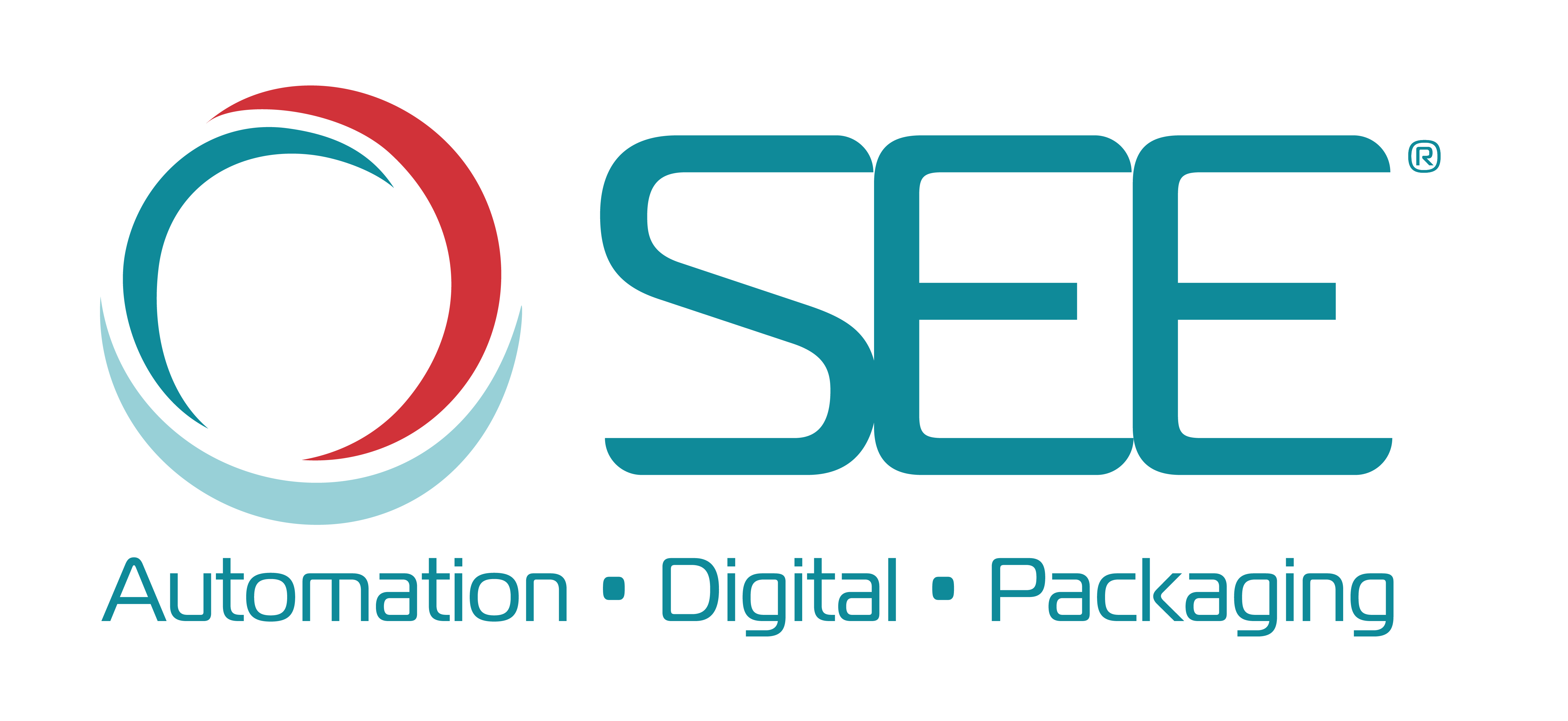Sealed Air Global Impact Report: Reducing Energy Consumption

Originally published in Sealed Air's Global Impact Report
Sealed Air (SEE) is implementing measures to increase energy efficiency and implementation of renewable energy sources across its value chain. The company invested in renewable energy credits which resulted in 16 of the company’s facilities being fully credited with 100% renewable energy as of December 31, 2021.
In 2021, SEE operations consumed 1,370,232,395 kilowatt hour (kWh) energy equating to 4,932,836 gigajoules. The breakdown was 55% grid electricity, 12% renewable electricity, and 33% self-generated energy (natural gas, propane, scrap plastic, diesel, gasoline).
The goal is to achieve energy intensity reductions of 17% by 2025 and 28% by 2030 from a 2019 base year.
Energy Intensity
2021: 0.249 kWh / USD*
2020: 0.273 kWh / USD
2019: 0.277 kWh / USD
Through 2021, SEE achieved a 10.1% reduction in energy intensity from a 2019 base year. Within its operations, SEE measures electricity, natural gas, diesel, propane, gasoline, and waste-to-energy converted to megawatt hour. Intensity is calculated by dividing the total megawatt hour by the net trade sales.
*To normalize foreign exchange rates, net trade sales are adjusted to 2019 foreign exchange rates, except for one currency which has been designated as highly inflationary under U.S. GAAP and uses 2021 foreign exchange rates.
Diverting Waste
In 2021, SEE expanded its waste reduction goal to include diversion from external incineration. The company aims to achieve diversion of manufacturing waste* from landfill and external incineration of 85% by 2025 and 100% by 2030.
SEE diverted 67% of waste from landfill and external incineration in 2021.
*Manufacturing waste is from production of the company’s materials, including scrap, and is measured by weight.
Conserving Water
SEE is managing water across its value chain in terms of quantity and quality, including operational consumption, effluent mitigation, wastewater treatment, and water scarcity considerations.
Protecting and conserving natural resources such as water is a priority. The products SEE manufactures do not contain water, so direct use of water is limited. The primary use of water in direct operations is either heat transfer in manufacturing equipment or for quenching the molten polymer during the film extrusion process. These operations must use water of a reasonable quality, but it does not need to be potable.
In isolated cases where there was a temporary issue with the availability of potable water, SEE was able to successfully use recycled water from local waste treatment plants. Since it is not critical that potable water is used for manufacturing SEE products, it was determined that the availability of fresh water is not important to SEE's direct operations.
Water Intensity
The company's goal is to achieve water intensity reductions of 17% by 2025 and 28% by 2030 from a 2019 base year. In 2021, SEE achieved a 13.4% reduction in water intensity from a 2019 base year.
2021: 0.29 Liters / USD*
2020: 0.32 Liters / USD
2019: 0.34 Liters / USD
Intensity is calculated by dividing the total cubic meters by the net trade sales.
*To normalize foreign exchange rates, net trade sales are adjusted to 2019 foreign exchange rates, except for one currency which has been designated as highly inflationary under U.S. GAAP and continues to utilize 2021 foreign exchange rates.
Absolute water use in 2021 was down 7,326 cubic meters from 2019
2021: 1,597,933 cubic meters
2020: 1,595,017 cubic meters
2019: 1,605,259 cubic meters
Read Sealed Air's Global Impact Report here.
Learn More About Sealed Air’s ESG efforts here.

